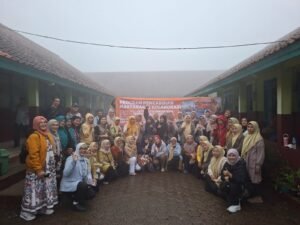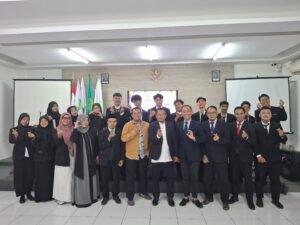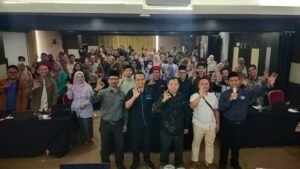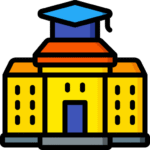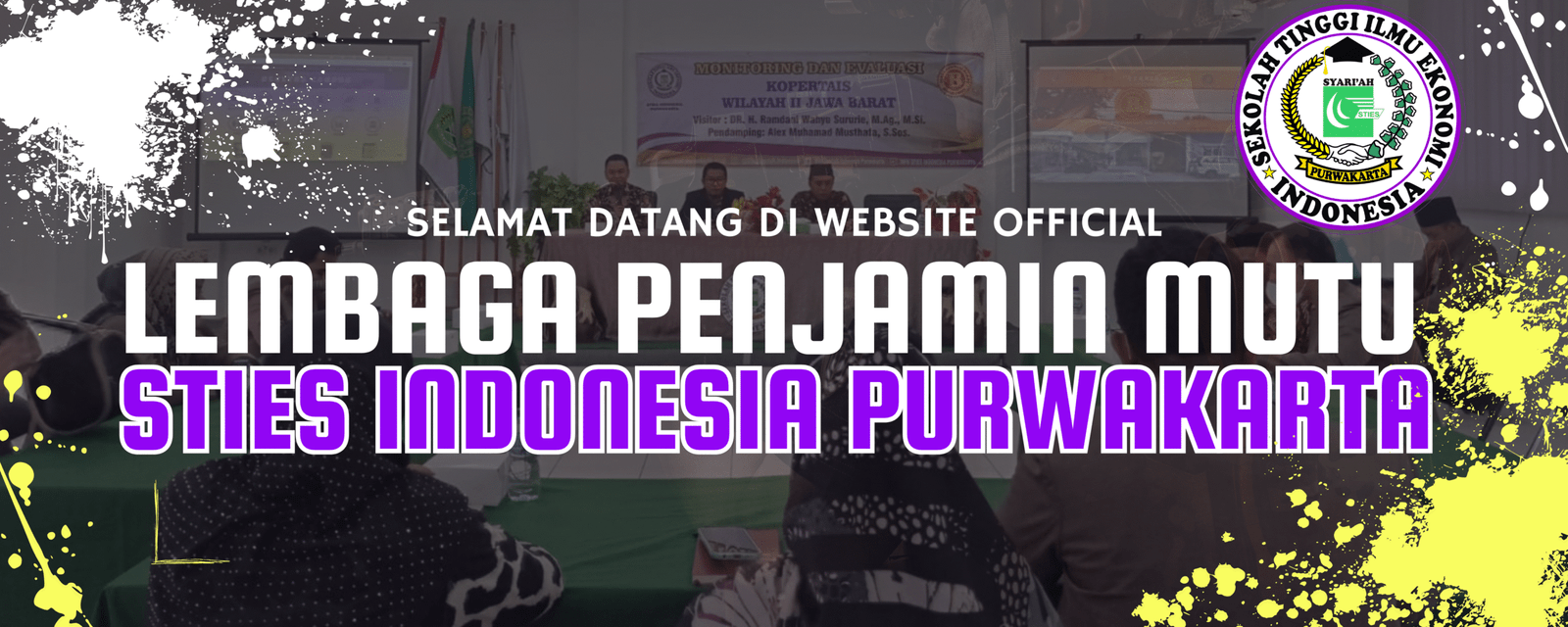

Konsep Dasar WURI
WURI (World University Rankings for Innovation) adalah sistem pemeringkatan global yang menilai universitas berdasarkan kontribusi inovatif mereka terhadap masyarakat, industri, dan dunia, bukan sekadar prestasi akademik tradisional. WURI dikembangkan untuk memberikan perspektif baru dalam menilai kualitas perguruan tinggi. Berbeda dengan pemeringkatan konvensional yang fokus pada publikasi ilmiah atau reputasi akademik, WURI menekankan pada dampak nyata universitas terhadap masyarakat, industri, dan lingkungan global. Hal ini mencakup bagaimana kampus menciptakan solusi inovatif, membangun keterlibatan sosial, serta berkontribusi pada pembangunan berkelanjutan.
Kategori Penilaian
WURI 2025 menilai universitas dalam 16 kategori utama, di antaranya:
- Industrial Application – kontribusi riset dan inovasi terhadap dunia industri.
- Value-Creating – penciptaan nilai tambah bagi masyarakat, termasuk UMKM dan komunitas lokal.
- Social Responsibility – komitmen terhadap isu sosial, lingkungan, dan keberlanjutan.
- Student Mobility & Openness – dukungan terhadap pertukaran mahasiswa dan internasionalisasi.
- Ethical Value & Justice – integrasi nilai moral, keadilan, dan transparansi dalam pendidikan.
- Entrepreneurship & Startups – dukungan terhadap kewirausahaan mahasiswa dan inkubasi bisnis.
- Crisis Management – kemampuan universitas merespons krisis global, seperti pandemi atau bencana
Hasil WURI 2025
- Global Top 400: WURI 2025 merilis daftar 400 universitas paling inovatif di dunia.
- Top 50: Telkom University dari Indonesia berhasil masuk peringkat ke-38 dunia, menjadi satu-satunya kampus Indonesia di jajaran 50 besar.
- Universitas lain dari Asia, Amerika, dan Eropa juga mendominasi daftar, menunjukkan kompetisi global dalam inovasi pendidikan tinggi.
Signifikansi bagi Perguruan Tinggi
Bagi kampus, WURI bukan sekadar pemeringkatan, melainkan tolak ukur strategis untuk mengukur relevansi dan dampak nyata institusi terhadap masyarakat. Dengan indikator yang menekankan inovasi, universitas terdorong untuk:
- Mengintegrasikan riset dengan kebutuhan industri dan UMKM.
- Meningkatkan mobilitas mahasiswa dan kolaborasi internasional.
- Memperkuat peran sosial, budaya, dan keberlanjutan.
- Membangun reputasi global berbasis inovasi, bukan hanya publikasi.
Layanan Terpadu
Axis 1: Innovation Targets: For Whom to Innovate?
For Student
This innovative project/program focuses on supporting students’ academic and career success, as well as welfare, diversity, inclusion and participation. Additionally, it aims to enhance student welfare by offering various scholarship programs to reduce financial burdens and help students focus on their studies. (We encourage students to prepare the cases in their real names.)
This innovative project/program focuses on promoting exchange and collaboration between schools, both domestically and internationally. The goal is to encourage openness, sharing of knowledge, and resource integration, moving away from isolated and closed system. (We encourage students to prepare the cases in their real names.)
For Industry
This innovative project/program emphasizes the application of industry-related education and research to generate tangible, real-world impacts, moving away from the conventional focus on academia-driven research and education. (We encourage industry partners to prepare the cases in their real names.)
This innovative project/program highlights how the university nurtures an entrepreneurial spirit among students, faculty, and administrators, thereby fostering a mindset, cultural foundation, and innovation-friendly environment that positively influences the industries engaged with the university. (We encourage industry partners to prepare the cases in their real names.)
For Society
This innovative project/program focuses on managing environmental and economic crises that the university encounters, such as climate change, pandemics like COVID-19, and other global and local crises. (We encourage societal stakeholders to prepare the cases in their real names.)
This innovative project/program emphasizes the importance of researching and promoting ethics and integrity in education. It encourages the university to go beyond a narrow focus on academic knowledge and skills, by fostering moral values, ethical decision-making, and integrity among students and faculty, shaping responsible global citizens and leaders. (We encourage societal stakeholders to prepare the cases in their real names.)
For Global Community
This innovative project/program highlights how the university can help the global community prevent tomorrow’s crises by responding to emerging uncertainties and geopolitical risks— including potential conflicts, trade disruptions, and the weakening of international cooperation. It focuses on how the university fosters strategic foresight, peace education, and resilience-building through innovative education, research, and dialogue. By nurturing future leaders who can anticipate and manage crises, the university contributes to sustaining peace and stability in an unpredictable world. (We encourage the global community to prepare the cases in their real names.)
This innovative project/program showcases how the university can help the global community solve the past and present challenges through the United Nations’ 17 Sustainable Development Goals (SDGs) and the Environmental, Social, and Governance (ESG) principles into their education, research, and community engagement to advance sustainability, inclusion, and ethical responsibility. By promoting climate action, social equity, and transparent governance, the university plays a vital role in creating a more sustainable and just world. (We encourage the global community to prepare the cases in their real names.)
Axis 2: Innovation Means: How to Innovate?
Leadership
This innovative project/program exemplifies leadership in developing and communicating a clear, inspiring vision for the university. It emphasizes understanding the evolving landscape of higher education, anticipating future challenges, and fostering innovation to maintain the university’s relevance and ensure its success.
This innovative project/program shows the leader’s willingness to relinquish traditional privileges and continuously adept to remain effective and influential in the ever-evolving landscape of higher education. It highlights the leader’s strong interpersonal skills in building relationships and fostering collaboration among diverse stakeholders, including faculty, staff, students, and external partners. These skills enable effective communication, conflict resolution, and the ability to inspire and motivate others toward shared goals.
Environment
This innovative project/program highlights how the university transforms its strategies, operations, and decision-making through digital technologies and artificial intelligence (AI). It focuses on how the university redesigns its internal systems to enhance the effectiveness, agility, and intelligence of education, research, and administration. Projects may include AIsupported learning platforms, digital governance frameworks, data-driven decision systems, automation of campus services, or digital twins of university operations. By integrating digital and AI technologies into their organizational structure and leadership practices, the university strengthens its capacity to innovate continuously and to respond rapidly to changes in society, industry, and knowledge.
This innovative project/program promotes a shift towards industry- and student-centered thinking, moving away from traditional university/professor-centric approaches. It encourages the pursuit of social values alongside academic values, contributing positively to society. Additionally, it focuses on establishing an innovative culture that supports creativity and continuous improvement.
Resource
This innovative project/program reveals the innovative strategies the university employs to secure financial resources by diversifying funding streams and adopting new methods. It also highlights efforts to ensure stable funding to support its long-term goals and initiatives.
This innovative project/program examines how effectively the university adopts new technologies and infrastructure to support research, education, service, and commercialization activities internally and externally.
Mechanism
This innovative project/program emphasizes launching innovative projects that either boost revenues or reduce costs to improve profitability. This strategy evaluates initiatives based on their financial return, prioritizing those with the highest economic efficiency. The aim is to ensure resources are allocated to areas that most effectively enhance the university’s financial health and support its educational goals.
This innovative project/program focuses on the use of creative and innovative strategies to effectively enhance the university’s brand and reputation. It encourages the university to adopt unique approaches that appeal to diverse audiences, ultimately strengthening its visibility, influence, and competitive position in the higher education landscape.
Axis 3: Innovation Targets: What to Innovate?
Research
This innovative project/program recognizes a university’s flagship research agenda that demonstrates a concentrated and sustained effort to address future societal and global challenges. Its focus is placed on the project’s historical continuity, relevance, transformative potential, and social impact—for example, how MIT established its institutional identity through the Manhattan Project, and how Stanford fostered numerous start-ups in Silicon Valley through its Design Thinking initiative.
This innovative project/program assesses the university’s efforts to transcend traditional disciplinary boundaries to create breakthrough interdisciplinary, convergent, and integrated research. It include the fusion of fields such as technology + humanities, medicine + data science, or AI + ethics, emphasizing creativity from convergence.
Education
This innovative project/program examines innovative curriculum transformations designed to foster future-proof skills (e.g., creativity, AI literacy, ESG competencies). It includes restructured degree programs, micro-credentials, industry-embedded courses, and practicebased learning models.
This innovative project/program evaluates how the university leverages AI tools (e.g., ChatGPT, personal AI tutors) in teaching and learning, integrates AI applications into curricula across disciplines, and approaches the AI-driven transformation of society. It focuses on personalized learning, automation, improved access, and the redefinition of educational roles. Compared to B6, which covers the university-wide “Infrastructure/Technology”, C4 focuses on AI application to teaching and learning.
Social Engagement
This innovative project/program recognizes organized programs that apply the university’s knowledge and expertise to address real problems in local, national, or global communities. It emphasizes tangible influence on policy, systems, or industries beyond charity or volunteer work.
This innovative project/program highlights innovation projects that target underserved populations such as the disabled, marginalized groups, or those in developing countries. It combines technological or educational innovation with meaningful inclusivity and empowerment outcomes.
Commercialization
This innovative project/program assesses entrepreneurial ventures led or initiated by the university that translates ideas into business impact. It includes start-up incubation, licensing, investment initiatives, and entrepreneurship education programs.
This innovative project/program evaluates technology transfer efforts in terms of profitability, while continuing to recognize their broader social and environmental value. It prioritizes “Tech for Good” cases in which technologies grounded in public value also pursue strong and sustainable commercial returns.
SPMI
Sistem Penjaminan Mutu Internal (SPMI) sebagaimana ditetapkan dalam PERMENRISTEKDIKTI No. 62 Tahun 2016 tentang Sistem Penjaminan Mutu Pendidikan Tinggi, adalah kegiatan sistemik penjaminan mutu pendidikan tinggi oleh setiap perguruan tinggi secara otonom atau mandiri, untuk mengendalikan dan meningkatkan penyelenggaraan pendidikan tinggi secara berencana dan berkelanjutan. Dengan demikian STIESI Purwakarta mengembangkan SPMI sesuai dengan latar belakang sejarah dan nilai dasar yang menjiwai pendirian Perguruan Tinggi, melalui 5 (lima) langkah utama yaitu Penetapan, Pelaksanaan, Evaluasi (pelaksanaan), Pengendalian (pelaksanaan), dan Peningkatan (PPEPP) standar.
STIESI Purwakarta menerapkan prinsip SPMI sesuai dengan UU Dikti yakni otonom, terstandar, akurat, terencana, dan berkelanjutan, serta terdokumentasi. Setiap langkah PPEPP dalam SPMI ditulis dalam suatu dokumen, dan didokumentasikan secara sistematis. Buku SPMI STIESI Purwakarta terdiri atas Buku Kebijakan SPMI yang berisi garis besar tentang bagaimana STIESI Purwakarta memahami, merancang, dan mengimplementasikan SPMI, sehingga terwujud budaya mutu. Buku SPMI sudah berorientasi pada Merdeka Belajar Kampus Merdeka (MBKM) dan Indikator Kinerja Utama (IKU) dan Indikator Kinerja Tambahan (IKT) Perguruan Tinggi.
Dengan demikian melalui SPMI, STIESI Purwakarta dapat menumbuhkan dan mengembangkan budaya mutu, mewujudkan visi, melaksanakan misi, serta menjadi sarana untuk memperoleh status akreditasi, dan meningkatkan peringkat akreditasi program studi maupun perguruan tinggi.
Monitoring Evaluasi
GALERY KEGIATAN

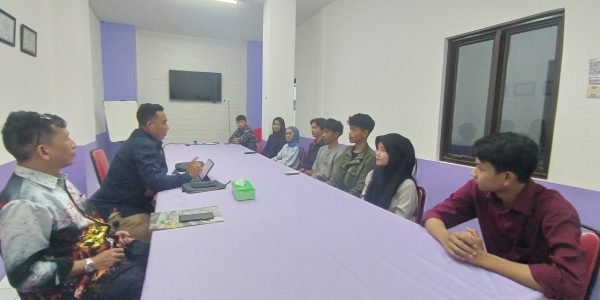
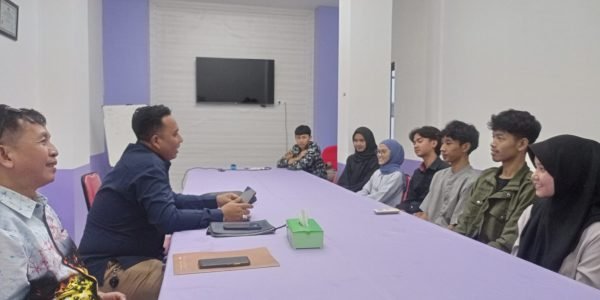
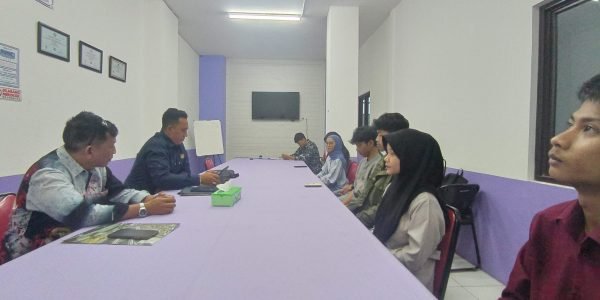
Monev Penerima KIP Tahun 2024
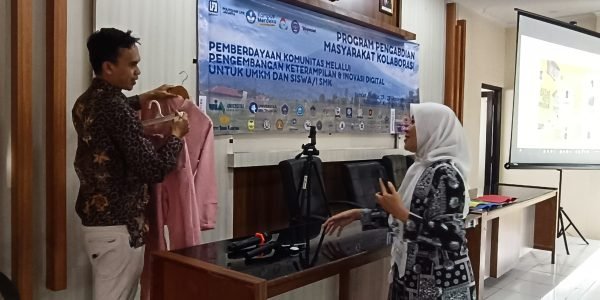
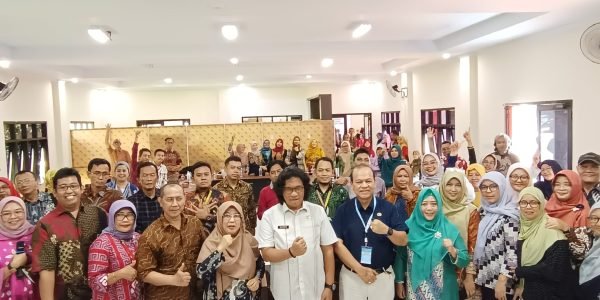
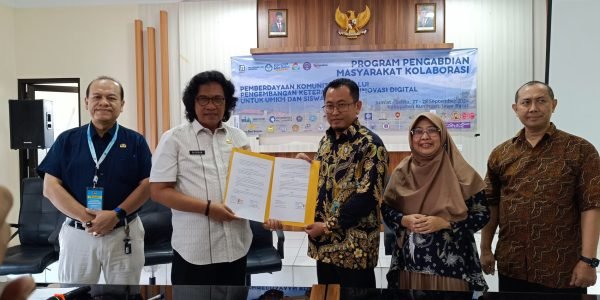



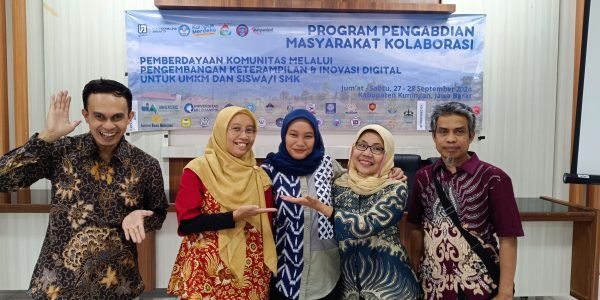
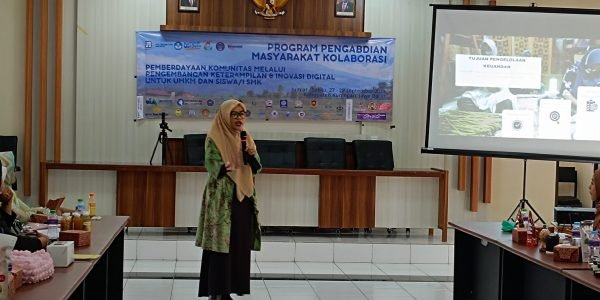
PKM Kolaborasi Tahun 2024
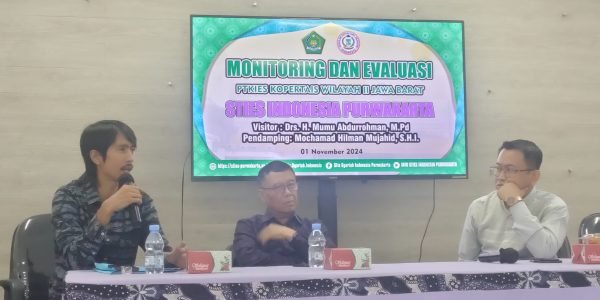
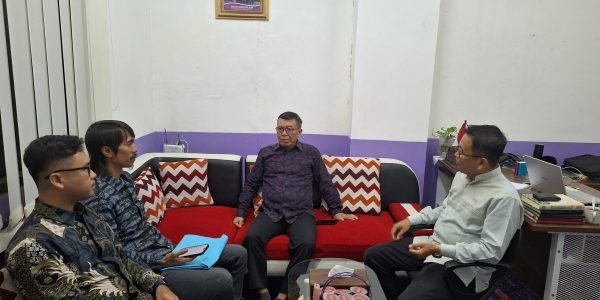


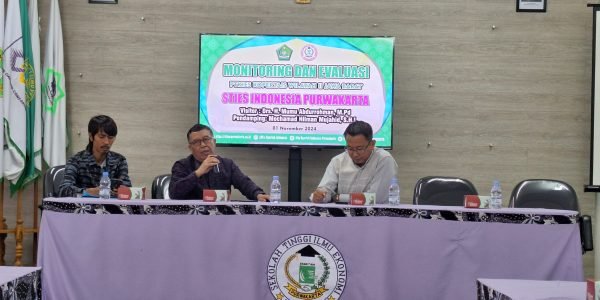
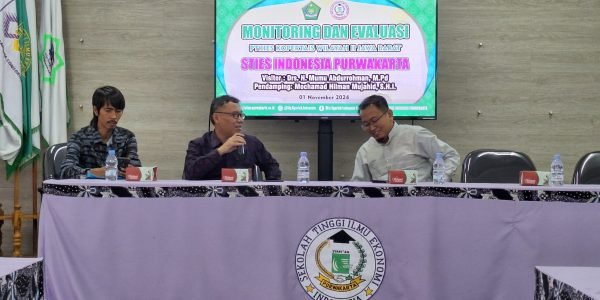
Monev Kopertais Tahun 2024
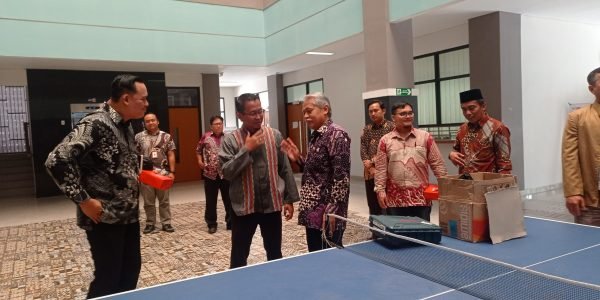
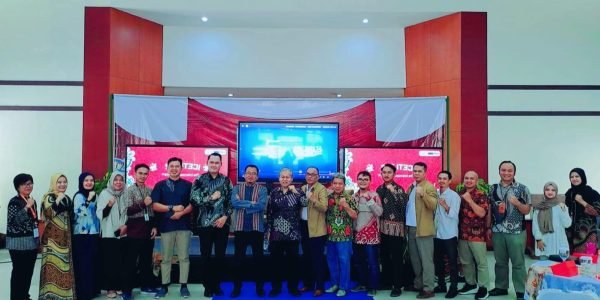
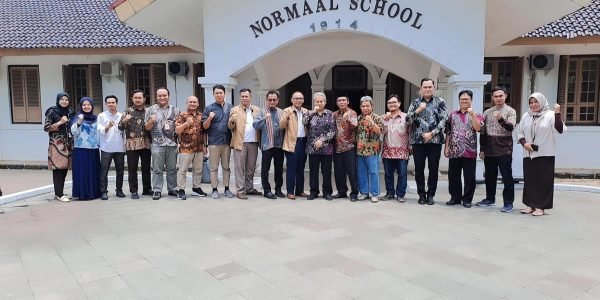
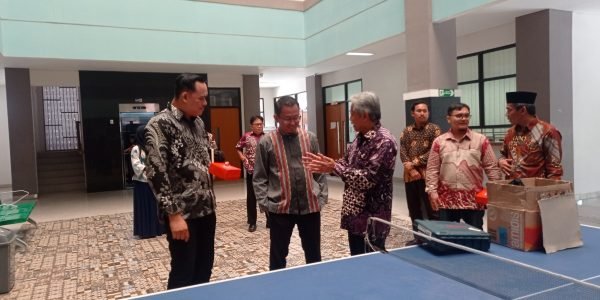
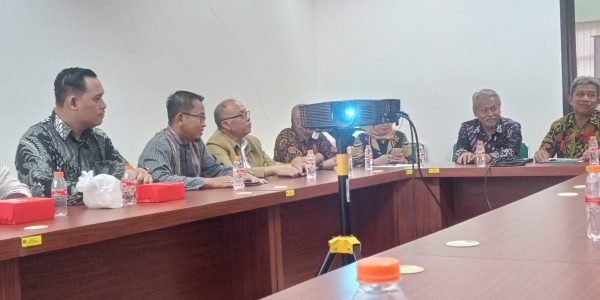
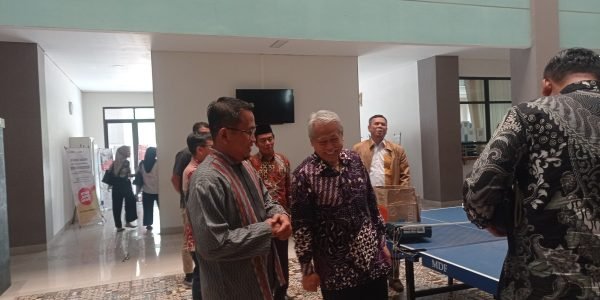
Rapat Forum Pimpina PT Kab. Purwakarta Tahun 2024


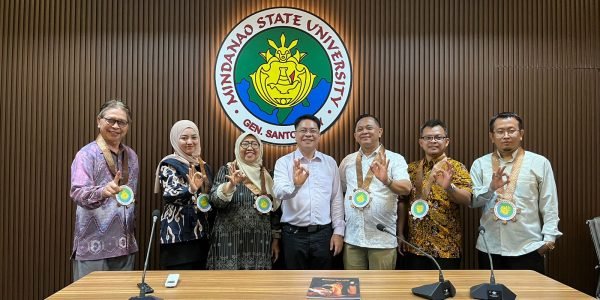
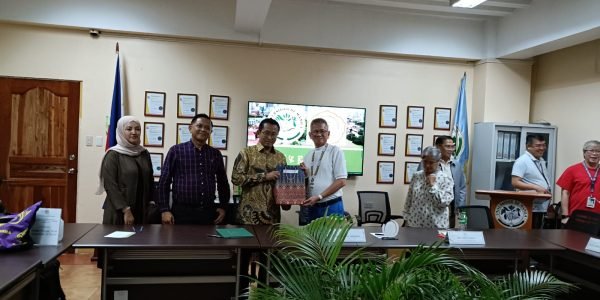
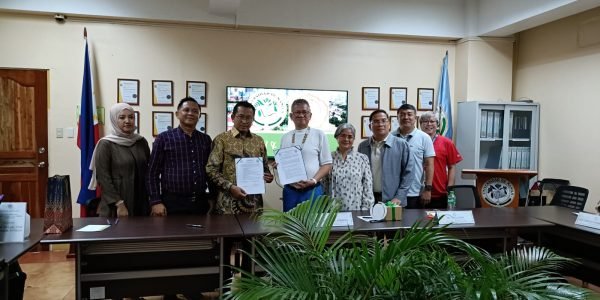
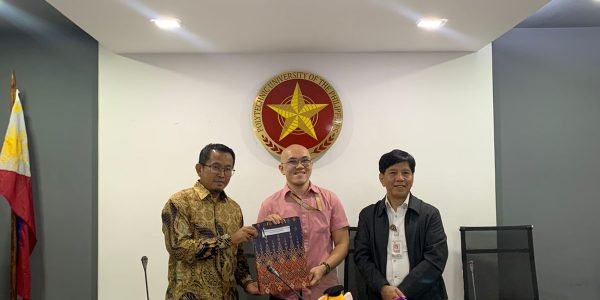
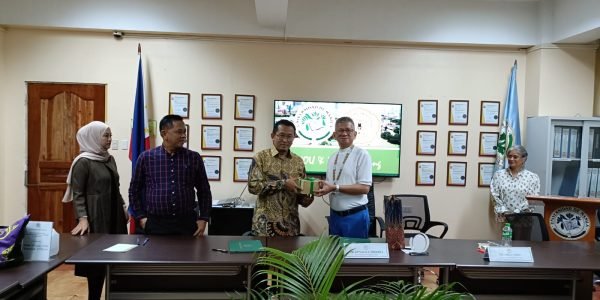
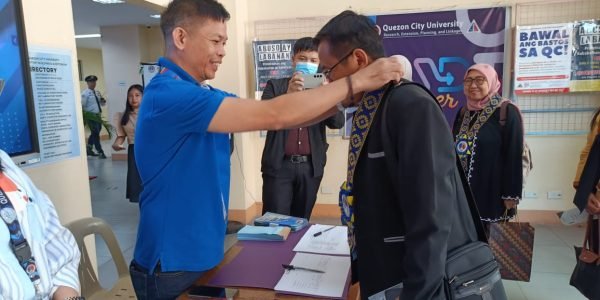
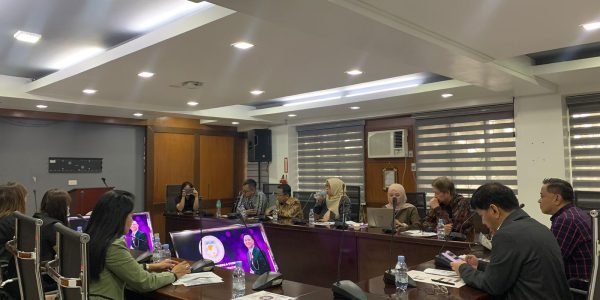
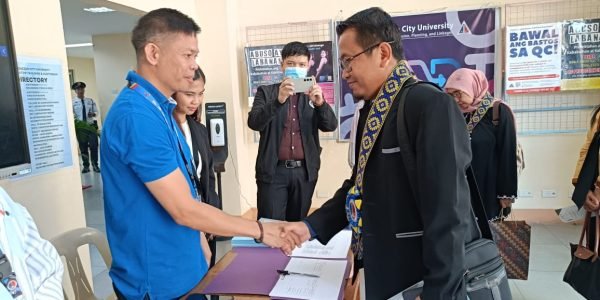
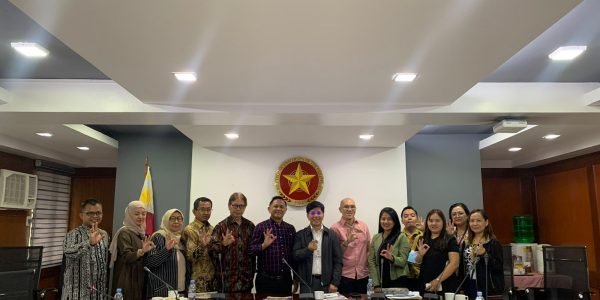

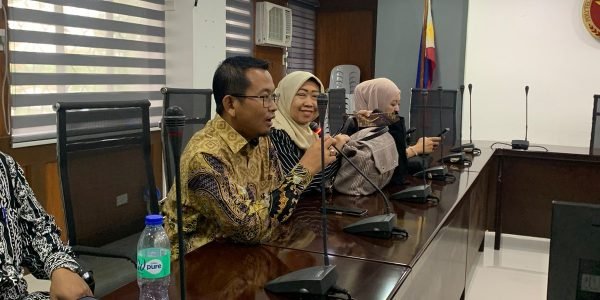

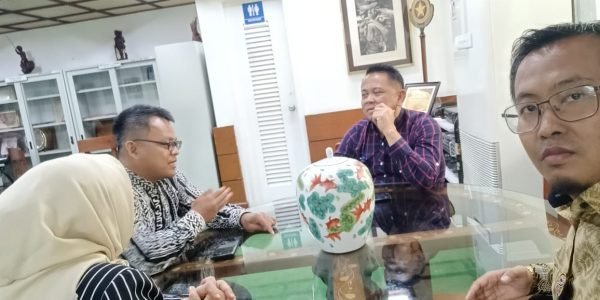
Ceremonial Signing of Agreement Filiphina 2024
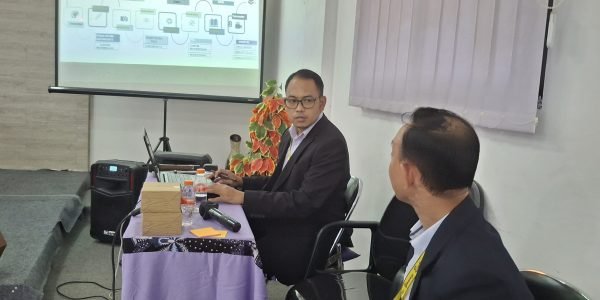
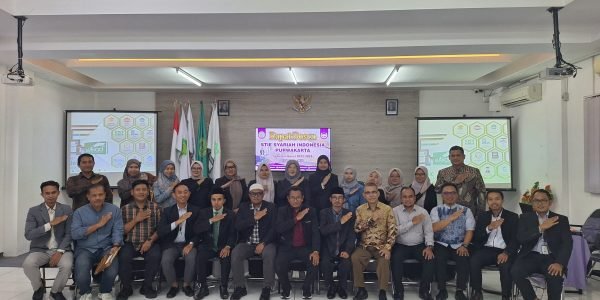

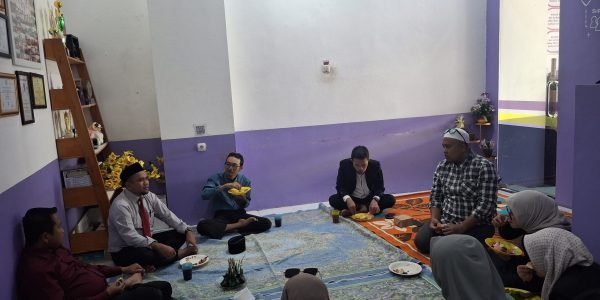
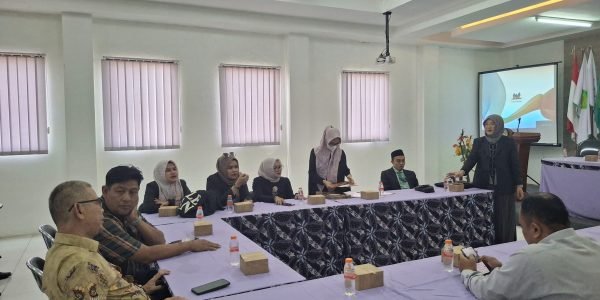

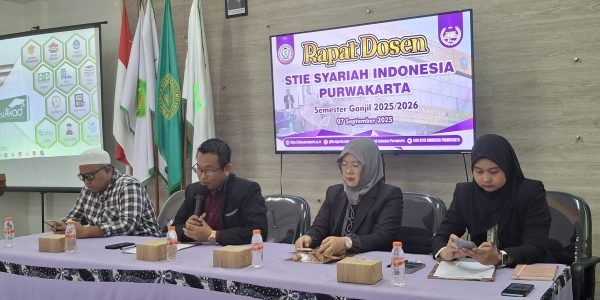

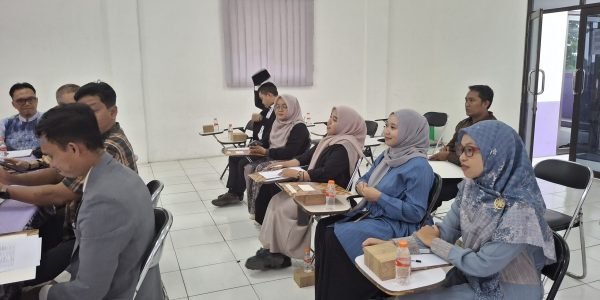
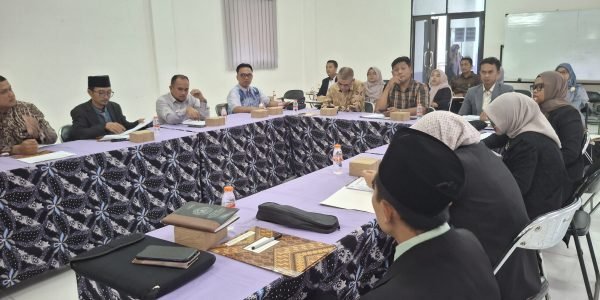
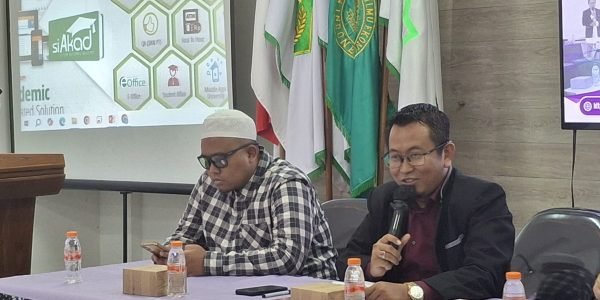
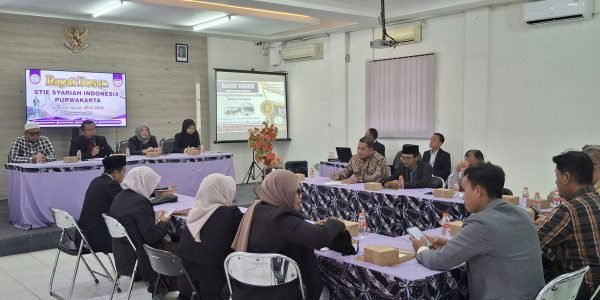
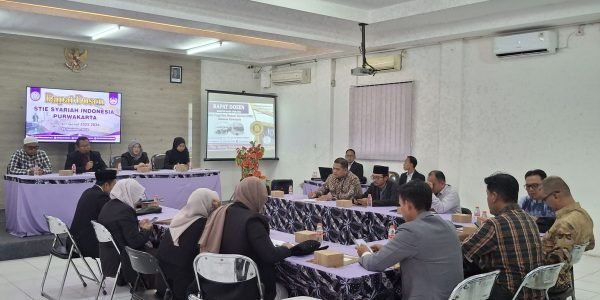
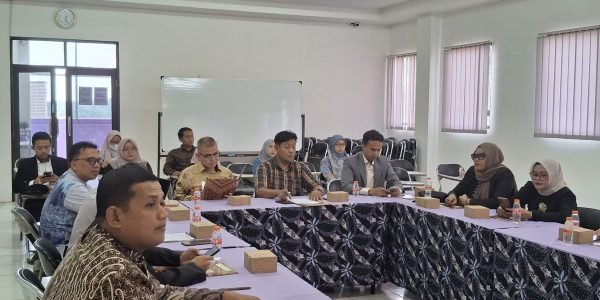
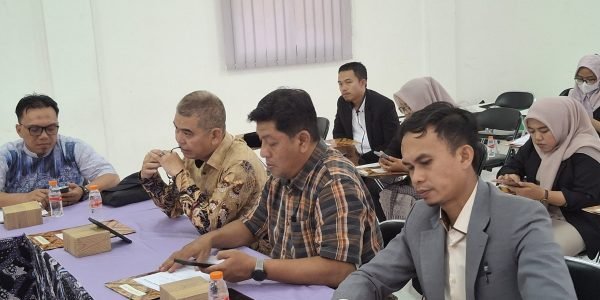
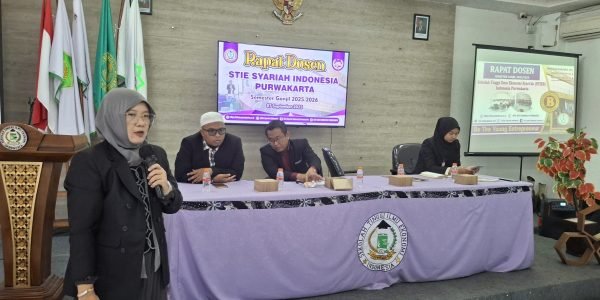
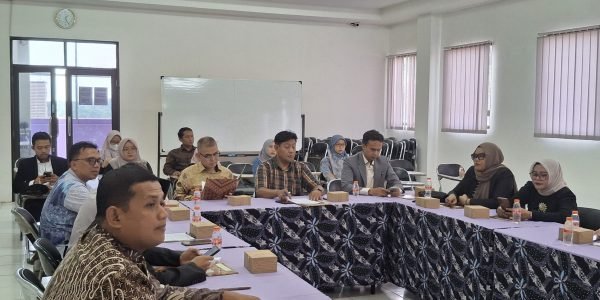
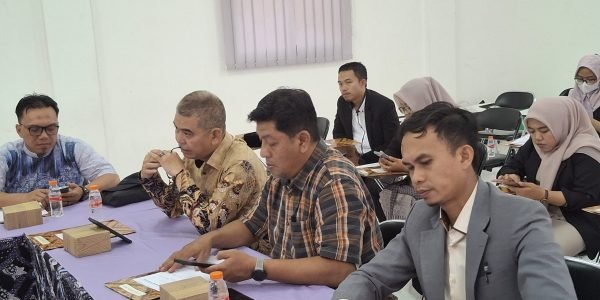
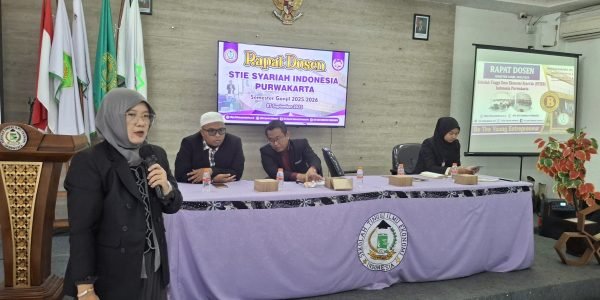
Rapat Dosen Tahun 2025

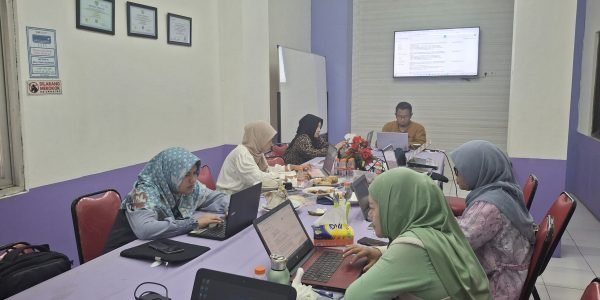
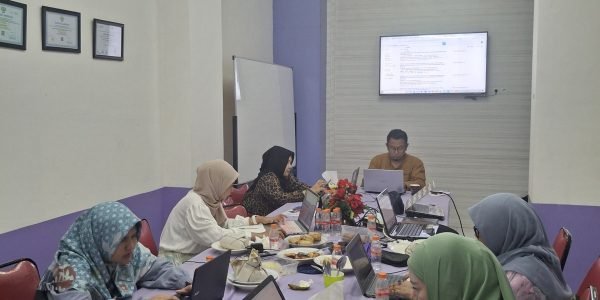
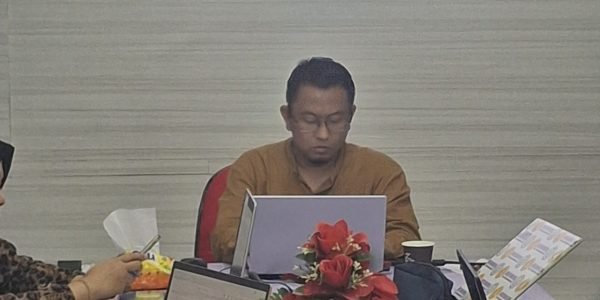
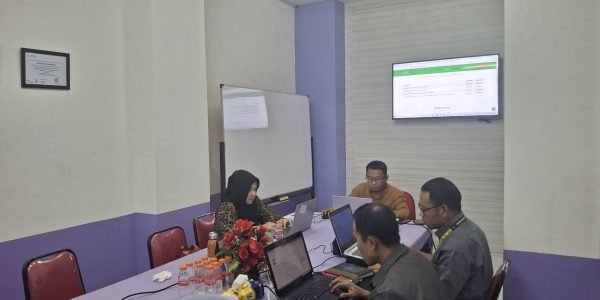
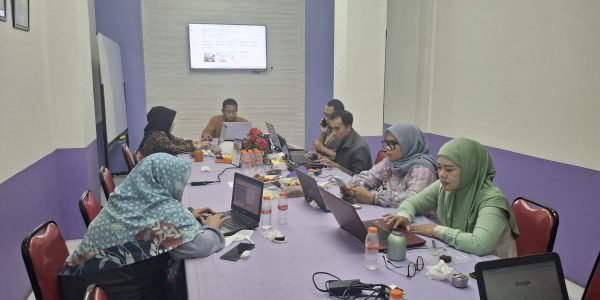
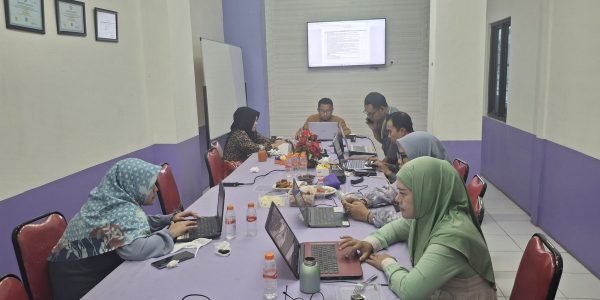
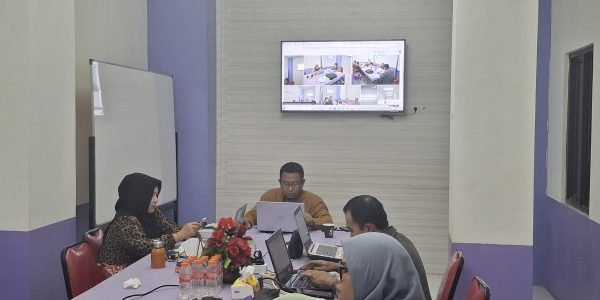

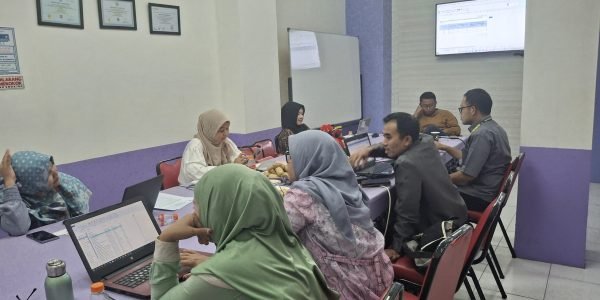
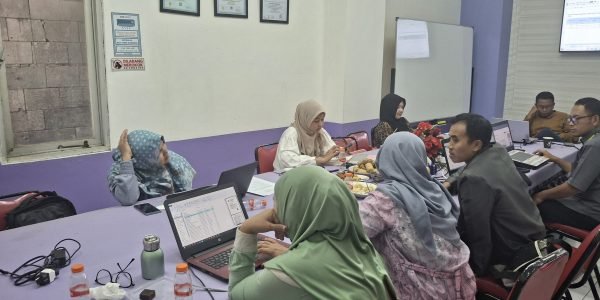

Rapat Penyusunan Borang Akreditasi Prodi ES
BULETIN
